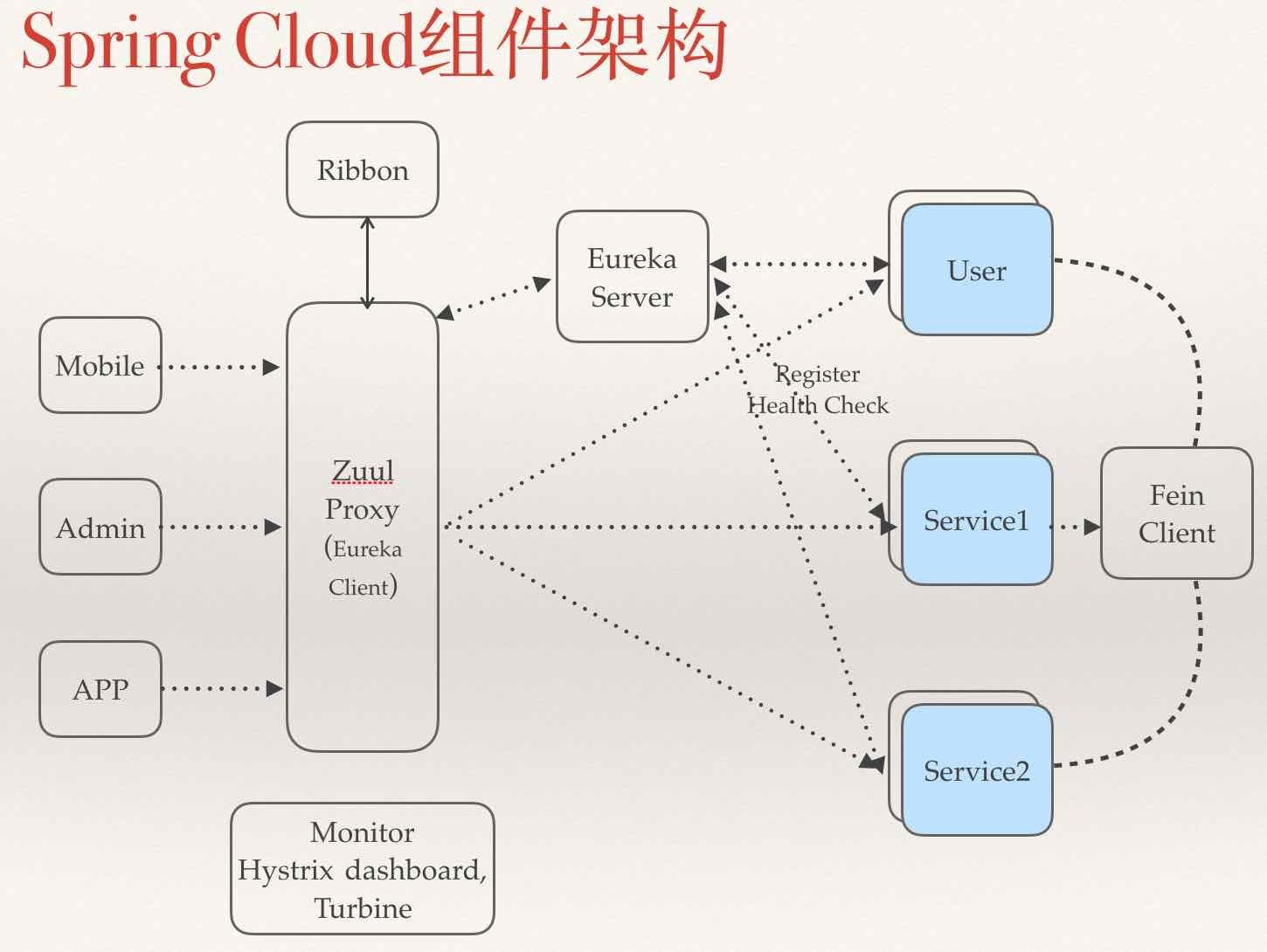Spring Boot开发Web应用
上一篇进行了一个Spring Boot快速入门,完成了一个简单的RESTful服务,本篇介绍Web应用的开发。
静态资源默认配置
Spring Boot默认提供静态资源目录位置需置于classpath下,目录名需符合如下规则:
- /static
- /public
- /resources
- /META-INF/resources
可以在src/main/resources/目录下创建static,在该位置放置一个图片文件。启动程序后,尝试访问http://localhost:8080/avatar.jpg。如能显示图片,配置成功。
模板引擎-Thymeleaf
Spring Boot提供了默认配置的模板引擎主要有以下几种:
- Thymeleaf
- FreeMarker
- Velocity
- Groovy
- Mustache
Spring Boot建议使用这些模板引擎,避免使用JSP。
当你使用上述模板引擎中的任何一个,它们默认的模板配置路径为:src/main/resources/templates。
本篇主要介绍Thymeleaf,它提供了一个用于整合Spring MVC的可选模块,在应用开发中,可以使用Thymeleaf来完全代替JSP或其他模板引擎,如Velocity、FreeMarker等。Thymeleaf的主要目标在于提供一种可被浏览器正确显示的、格式良好的模板。可以使用它创建经过验证的XML与HTML模板。相对于编写逻辑或代码的开发者只需将标签属性添加到模板中即可,然后这些标签属性就会在DOM上执行预先制定好的逻辑。
示例模板:
<table>
<thead>
<tr>
<th th:text="#{msgs.headers.name}">Name</td>
<th th:text="#{msgs.headers.price}">Price</td>
</tr>
</thead>
<tbody>
<tr th:each="prod : ${allProducts}">
<td th:text="${prod.name}">Oranges</td>
<td th:text="${#numbers.formatDecimal(prod.price,1,2)}">0.99</td>
</tr>
</tbody>
</table>
可以看到Thymeleaf主要以属性的方式加入到html标签中,浏览器在解析html时,当检查到没有的属性时候会忽略,所以Thymeleaf的模板可以通过浏览器直接打开展现,这样非常有利于前后端的分离。
在Spring Boot中使用Thymeleaf,只需要引入下面依赖,并在默认的模板路径src/main/resources/templates下编写模板文件即可完成。
<dependency>
<groupId>org.springframework.boot</groupId>
<artifactId>spring-boot-starter-thymeleaf</artifactId>
</dependency>
将上面的代码添加到pom.xml文件之后,举一个简单的例子。在之前的示例中,是通过@RestController来接收请求,返回的内容为json对象。那么如果现在需要渲染html页面的时候,要如何实现呢? @Controller
@Controller
public class HelloController {
@RequestMapping("/")
public String index(ModelMap map) {
// 加入一个属性,用来在模板中读取
map.addAttribute("host", "http://yezhwi.github.com");
// return模板文件的名称,对应src/main/resources/templates/index.html
return "index";
}
}
Thymeleaf页面index.html模板:
<!DOCTYPE html>
<html>
<head lang="en">
<meta charset="UTF-8" />
<title></title>
</head>
<body>
<h1 th:text="${host}">Hello World</h1>
</body>
</html>
如上页面,直接打开html页面展现Hello World,但是启动程序后,访问http://localhost:8080/,则是展示Controller中host的值:http://yezhwi.github.com,做到了不破坏HTML自身内容的数据逻辑分离。
Thymeleaf的默认参数配置
# Enable template caching.
spring.thymeleaf.cache=true
# Check that the templates location exists.
spring.thymeleaf.check-template-location=true
# Content-Type value.
spring.thymeleaf.content-type=text/html
# Enable MVC Thymeleaf view resolution.
spring.thymeleaf.enabled=true
# Template encoding.
spring.thymeleaf.encoding=UTF-8
# Comma-separated list of view names that should be excluded from resolution.
spring.thymeleaf.excluded-view-names=
# Template mode to be applied to templates. See also StandardTemplateModeHandlers.
spring.thymeleaf.mode=HTML5
# Prefix that gets prepended to view names when building a URL.
spring.thymeleaf.prefix=classpath:/templates/
# Suffix that gets appended to view names when building a URL.
spring.thymeleaf.suffix=.html
# Order of the template resolver in the chain.
spring.thymeleaf.template-resolver-order=
# Comma-separated list of view names that can be resolved.
spring.thymeleaf.view-names=
到这里已经完成了Web应用的简单开发。有关Thymeleaf的语法,可以参考 thymeleaf官网,相信有JSTL经验的人看到这些语法很熟悉。
关于页面模板就到这里,因为我们现在的工作方式是为前端提供json接口,前端通过调用接口返回的json数据来渲染页面,当然前端可以有很多的选择,可以选择团队里最熟悉的框架来完成类似的工作。
下一篇计划总结一下工程的目录结构,约定优于配置。
同时希望自己能坚持总结下去,未来能把下面这张图上的内容总结完。

